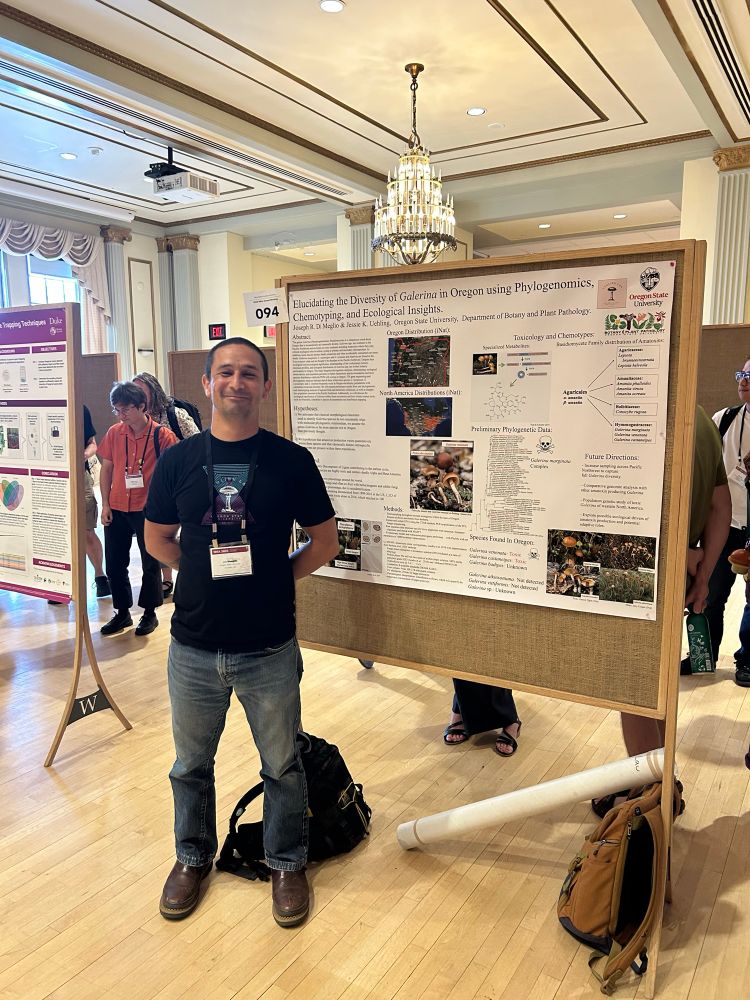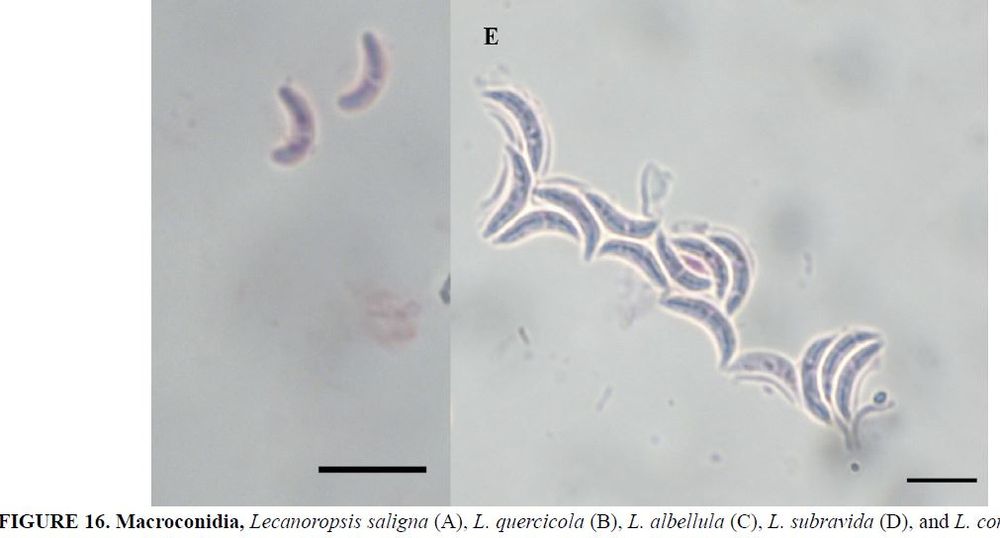Posts
Media
Videos
Starter Packs
Reposted by Joe DiMeglio
Toby Spribille
@spribille.bsky.social
· Jul 7

The genus Caeruleum (Lichinomycetes, incertae sedis): A new species from South Africa and a preliminary revision of the genus in North America - Mycological Progress
We describe the new species Caeruleum terricola from Grootbos Private Nature Reserve in the Overstrand Municipality of Western Cape Province, South Africa. The new species occurs on consolidated soil ...
link.springer.com
Reposted by Joe DiMeglio
Reposted by Joe DiMeglio
Reposted by Joe DiMeglio
Joe DiMeglio
@dimeglio.bsky.social
· Mar 21
Reposted by Joe DiMeglio
Reposted by Joe DiMeglio
Joe DiMeglio
@dimeglio.bsky.social
· Mar 18
Reposted by Joe DiMeglio
Reposted by Joe DiMeglio
Joe DiMeglio
@dimeglio.bsky.social
· Mar 14
Reposted by Joe DiMeglio
Joe DiMeglio
@dimeglio.bsky.social
· Mar 11
Reposted by Joe DiMeglio
Reposted by Joe DiMeglio
Reposted by Joe DiMeglio
Reposted by Joe DiMeglio
Reposted by Joe DiMeglio
Reposted by Joe DiMeglio
Reposted by Joe DiMeglio
Reposted by Joe DiMeglio
Peter R. Nelson
@petnel.bsky.social
· Feb 27
Reposted by Joe DiMeglio


























